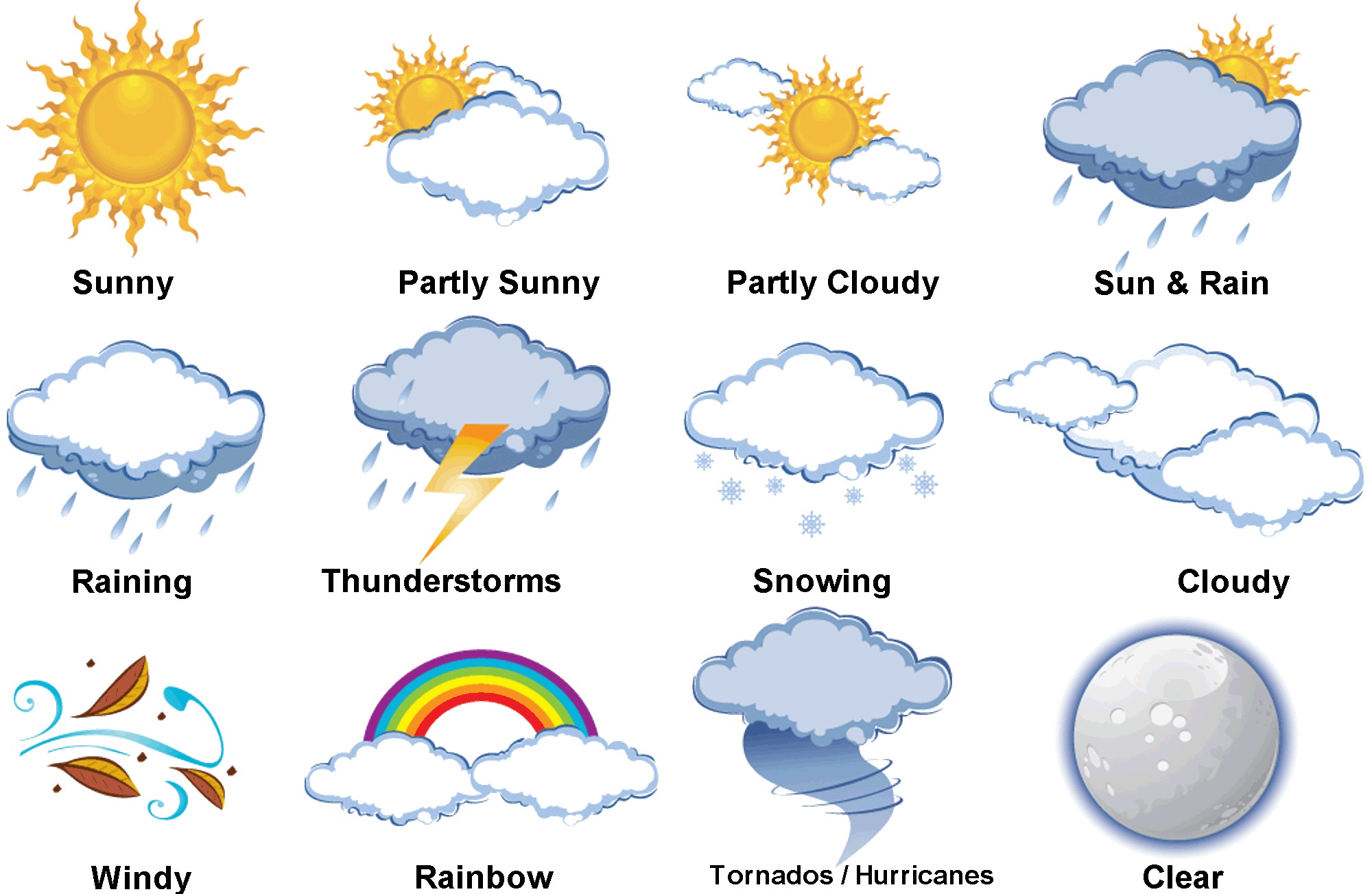When to find the best Hong Kong weather
The weather can make a big impact on any vacation. Learn what to expect from Hong Kong weather and when to go to maximise your chances of basking in the wonderful sunlight.
The sub-tropical climate of south-east Asia can offer anything from splendid sunshine to miserable downpours so it’s a good idea to prepare before you travel. The Hong Kong weather seasons can roughly be summarised as follows:
- Autumn (late September through early December) – This is the best time of the year to visit Hong Kong. The weather is really great – warm without too much humidity. The temperatures mostly stay in the range of 20-30°C. There’s little rain and lots of sunshine.
- Winter (late December through February) – During the winter the weather is nice and clear, definitely cooler. Temperatures range approximately 10-20°C. Snow is completely unheard of on these latitudes.
- Spring (March through April) – The spring is also a good period to plan a visit because the weather is also warm but with a little bit more risk of rain than in the autumn.
- Summer (May through early September) – In a lot of Asia people speak of only two seasons: the dry period and the rain period. And believe me, this is the latter. With monthly precipitation of 300-400 mm (that’s a lot!), most summer days offer at least some rain. Meanwhile, all days are very hot and humid. Furthermore, the end of the summer also happens to be the typhoon season, with extreme winds hitting the city a few times every year. My recommendation is that you try to avoid this part of the year!
When to go to Hong Kong
To those of us who are used to colder places the Hong Kong climate feels like great summer weather for most of the year – even the winter months can be enjoyable as long as you pack sweaters and a light jacket.
Regardless of what season you travel to Hong Kong it’s important to know that the weather can fluctuate quite quickly and it may be a good idea to bring an umbrella on those days when unpredictable showers may show up. However, most of the time you can take in the sights while enjoying the sunshine in T-shirts and shorts. Just make sure to get good sunscreen if you have sensitive skin.
Now, I don’t want to discourage anyone from coming here, but I think it’s important that I am honest when writing this Hong Kong travel guide.
While many destinations hit their peak during the summer, here it should really be avoided. At least in my opinion it is too sweaty! In a situation like that, your first instinct might be to head to one of Hong Kong’s beaches, so that you would have a socially acceptable excuse to take you clothes off! Unfortunately, the summers also bring rain almost daily, which could make any outdoor activity less attractive.
A booking should rather be made for spring or, ideally, autumn, as the warmest months are so hot as to get unpleasant even for the locals. Thankfully, almost every building you enter will be equipped with high-powered air conditioning, but once you step outside the humid heat can get you sweating really fast.
Particularly, it is wise to avoid travel around August as the typhoon season reaches its climax. The weather may be fine… but if you’re unlucky you could end up in the middle of a storm with heavy rain and wind.
Hong Kong typhoon
Yup, Hong Kong is rattled by serious storms from time to time, but it’s nothing you really need to be afraid of. On average, about one typhoon per year “hits” Hong Kong. But about six typhoons per year will come close enough to really be noticed, which means they have to come within about 800 km (500 miles). When that happens you will notice it in the form of fairly hard winds, cloudiness, and above all, serious downpours.
The Hong Kong Observatory monitors the weather in the region and sends out warnings well in advance every time a typhoon is approaching on a scale of 1-10. These numbered warnings can be seen in many places throughout the city, including on TV, in shopping malls, and probably in your hotel lobby. There are also rainstorm warnings, including the doomsday-sounding “BLACK rainstorm” signal. Again, there’s normally no great need for concern, just stay in if the rain gets too bad.
I really don’t want to scare people because honestly I think the Hong Kong weather is very nice overall. But if you can avoid the rainier half of the year between April and September, it might be a bonus.
Try to avoid the typhoon season, which climaxes around September. If you do end up in a typhoon, take the opportunity to use the protected and all-around-excellent subway, go shopping or other indoor activities. Particularly, do not visit the minor outlying islands as the ferry traffic will be cancelled when the weather gets too bad.
If a high typhoon warning has been signalled (or the flag has been “hoisted”, as the locals like to express it) in the morning, Hong Kongers are often free not to go to work. Hence, the city can be relatively quiet and there is a risk that some things might be closed.
Example of a typhoon
In October of 2010 typhoon “Megi” made its way into the South China Sea. Having already caused major damage in the Philippines, leaving hundreds of thousands homeless, Megi was billed as a possible “storm of the century”, and it was speculated that it might make landfall in the Pearl River Delta region.
The 3rd signal out of 10 was raised, and there were some fairly light rain showers, but in the end Megi took a wholly different direction and headed for Fujian, further east, never getting closer than about 800 km (500 miles) away. Actually, a lot of the times when there are typhoon warnings, nothing serious really happens. So, once again, don’t be too afraid of them.

